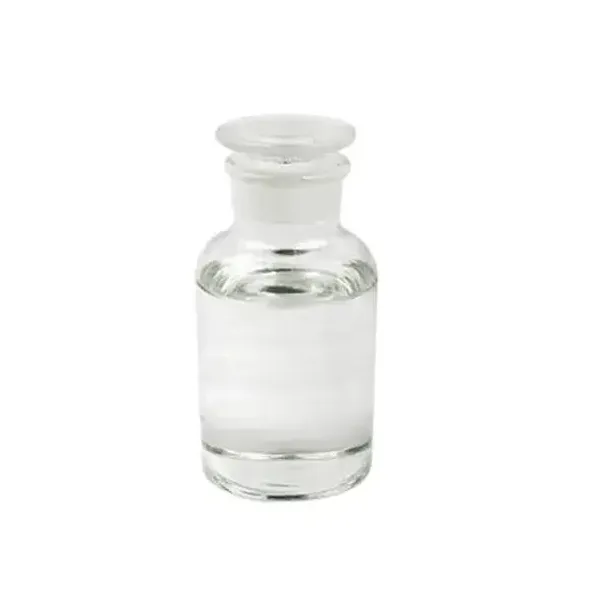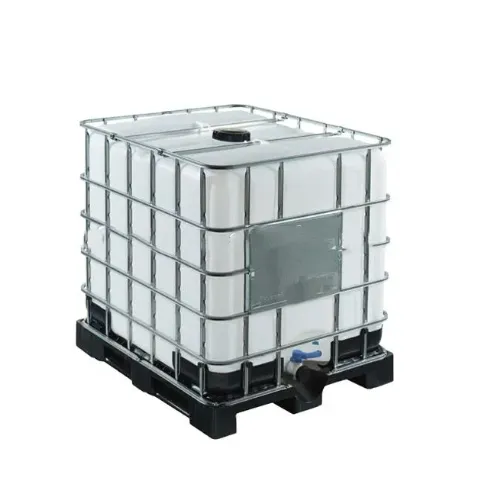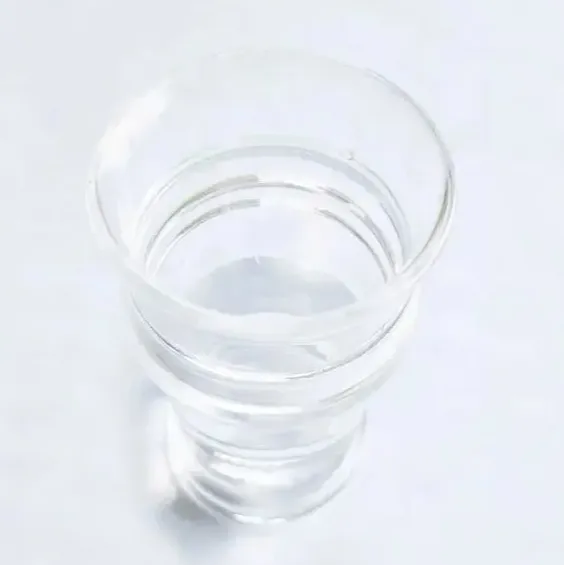Warning: Undefined array key "file" in /home/www/wwwroot/HTML/www.exportstart.com/wp-content/themes/1198/header.php on line 7
Warning: Undefined array key "title" in /home/www/wwwroot/HTML/www.exportstart.com/wp-content/themes/1198/header.php on line 7
Warning: Undefined array key "title" in /home/www/wwwroot/HTML/www.exportstart.com/wp-content/themes/1198/header.php on line 7
- Moafrika
- Sealbania
- Seamharic
- Searabia
- Searmenia
- Se-Azerbaijani
- Sebasque
- Sebelarusia
- Benghali
- Sebosnia
- Se-Bulgaria
- Secatalan
- Sebuano
- China
- China (Taiwan)
- Corsican
- Secroatia
- Czech
- Sedanishe
- Se-Dutch
- Senyesemane
- Esperanto
- Seestonia
- Sefinnishe
- Sefora
- Sefrisia
- Segalician
- Segeorgia
- Sejeremane
- Segerike
- Segujarati
- Secreole sa Haiti
- hausa
- siwaiian
- Seheberu
- Che
- Miao
- Se-Hungary
- Seiceland
- igbo
- Seindonesia
- irish
- Setaliana
- Sejapane
- Se-Javanese
- Kannada
- kazakh
- Khmer
- Rwanda
- Sekorea
- Sekurdish
- Sekyrgyz
- Lefuba
- Selatine
- Selatvia
- Selithuania
- Se-Luxembourgish
- Semacedonia
- Malgashi
- Semalay
- Semalayalam
- Semalta
- Semaori
- Marathi
- Mongolian
- Myanmar
- tsa Nepali
- Norwegian
- Norwegian
- Occitan
- Sepashto
- Sepersia
- Sepolishe
- Sepotoketsi
- Sepunjabi
- Seromania
- Serussia
- Sesamoa
- Segaeli sa Scotland
- Seserbia
- Senyesemane
- Seshona
- Sindhi
- Sesinhala
- Seslovak
- Seslovenia
- Somalia
- Sepanish
- Sesundanese
- Seswahili
- Seswedishe
- Setagalog
- Se-Tajik
- Setamil
- Setatare
- Setelugu
- Sethai
- Se-Turkey
- Turkmen
- Seukraine
- Seurdu
- Uighur
- Seuzbek
- Sevietnam
- Welsh
- Thusa
- Yiddish
- Yoruba
- Sezulu
Triethylene Glycol (TEG)
Triethylene Glycol (TEG) is the third members of a homologous series of dihydroxyalcohols. TEG is produced in the Master Process by the direct hydration of ethylene oxide. TEG is co-produced with MEG and DEG. TEG is a colourless liquid.The main uses for triethylene glycol are based upon its hygroscopic quality. It is used as a dehydrating agent for natural gas pipelines where it removes the water from the gas before being condensed and reused in the system. It is also a dehumidifying agent in air-conditioning units.It is also used to make chemical intermediates such as plasticisers and polyester resins. It is an additive in hydraulic fluids and brake fluids, and TEG is also used as a solvent in many applications, including as a selective solvent for aromatics, and a solvent in textile dyeing.Triethylene glycol also has mild disinfectant qualities and, when volatised, is used as an air disinfectant for virus and bacteria control.
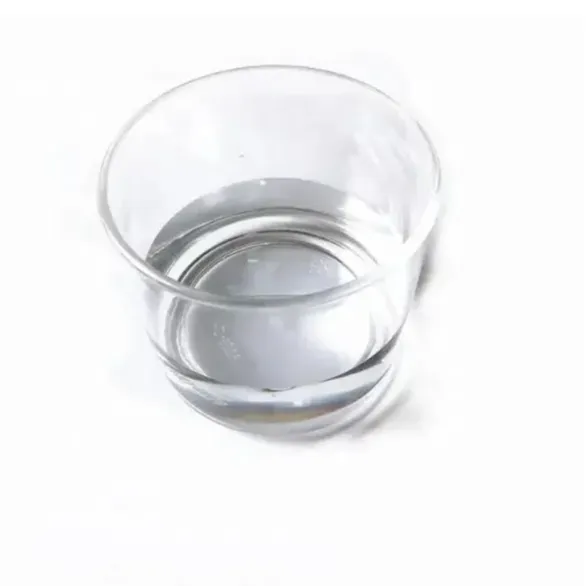
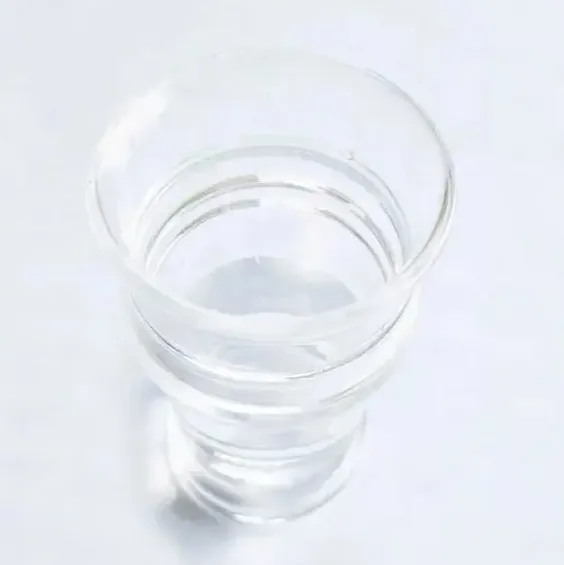
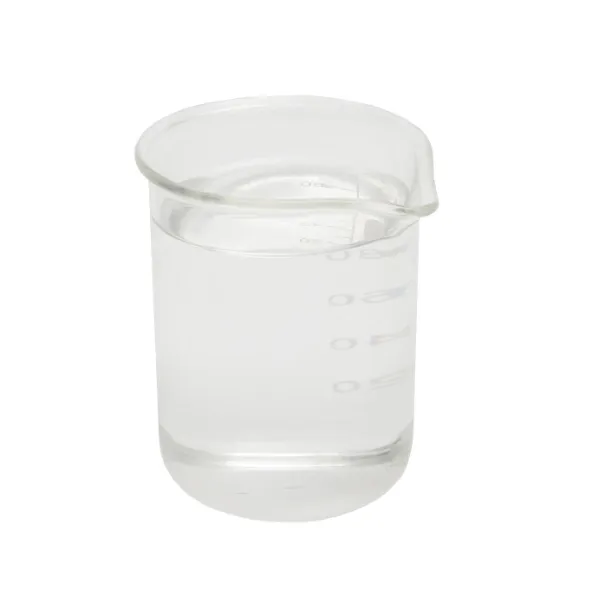

triethylene glycol is a solvent prepared from ethylene oxide and ethylene glycol.Triethylene glycol can be used:To prepare fatty acid gelators, which are used to gelate various edible and vegetable oils.As a solvent to prepare superparamagnetic iron oxide nanoparticles for in situ protein purification.As an absorbent agent in the subsea natural gas dehydration process.
triethylene glycol is used as a plasticizer, as an additive for hydraulic fluids and brake fluids, and as a disinfectant. It is an active component of certain pigments, printing dyes, inks and paste. It finds application as a liquid desiccant and used in the dehydration of natural gas, carbon dioxide, hydrogen sulfide and air conditioning systems. It plays as an important role in anti-freeze and de-icing products, cleaning and furnishing care products, lubricant and greases.
Triethylene glycol is widely used as an excellent dehydrating agent for natural gas, oilfield associated gas and carbon dioxide; Used as solvent for nitrocellulose, rubber, resin, grease, paint, pesticide, etc; Used as air bactericide; Used as triethylene glycol ester plasticizer for PVC, polyvinyl acetate resin, glass fiber and asbestos pressing board; Used as anti drying agent of tobacco, fiber lubricant and desiccant of natural gas; It is also used in organic synthesis, such as the production of brake oil with high boiling point and good low temperature performance. It can be used in gas chromatography as extractant.
Re na le lifeme tse ngata tsa boleng bo holimo tse nang le tšebelisano e tebileng, tse ka u fang lihlahisoa tsa boleng bo holimo le litheko tsa tlholisano. Hape re ka fana ka litheolelo bakeng sa ho reka ka bongata.'Me re sebelisana le lik'hamphani tse ngata tsa litsebi tse tsamaisang thepa, li ka isa lihlahisoa ka mokhoa o sireletsehileng le ka thelelo matsohong a hau. Nako ea ho fana e ka ba matsatsi a 3-20 ka mor'a hore ho netefatsoe tefo.
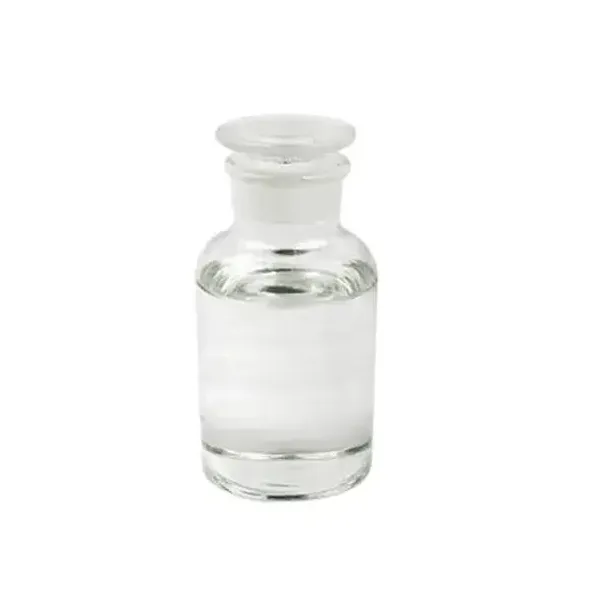
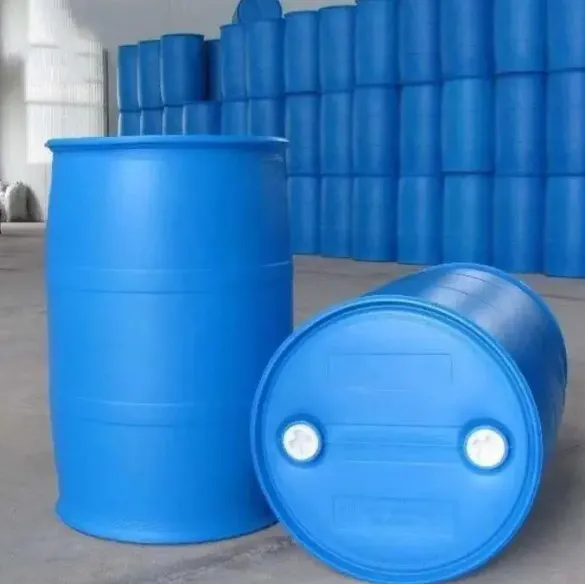

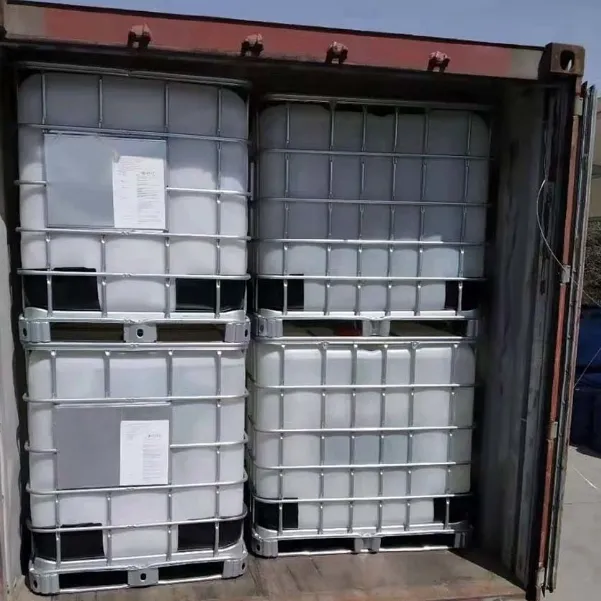
| Test Description | Litlhaloso | Test Result | |||
Purity ≥%wt |
99 | 99.9 | |||
Specific Gravity(20/20 ºC) |
1.1215-1.1245 | 1.1234 | |||
Moisture ≤ %wt |
0.1 | 0.006 | |||
Color, Pt-Co≤ |
25 | 5 | |||
Diethylene glycol,≤%wt |
0.5 | 0.04 | |||
Acid(as CH3COOH), ≤%wt |
0.005 | 0.001 | |||
ASH ≤%wt |
0.01 | 0.0008 | |||
| Ponahalo | colorless and transparent liquid, without suspension | colorless and transparent liquid, without suspension | |||
Triethylene glycol is a colorless, odorless, hygroscopic, viscous liquid. It is miscible with water and ethanol, slightly soluble in ether and almost insoluble in petroleum ether. It has oxygen atoms and hydroxyl groups connected with alkyl, so it has the properties of alcohol and ether.
It is used as a solvent, extractant, desiccant and other purposes. It is used as an excellent dehydrating agent for natural gas, oilfield associated gas and carbon dioxide; Used as solvent for nitrocellulose, rubber, resin, grease, paint, pesticide, etc; Air bactericide; Triethylene glycol ester plasticizers for PVC, polyvinyl acetate resin, glass fiber and asbestos pressed chemicalbook boards; Tobacco desiccant, fiber lubricant and natural gas desiccant; It is also used in organic synthesis, such as the production of brake oil with high boiling point and good low temperature performance. Uses: used as gas chromatography stationary liquid and solvent of nitrocellulose and various resins, and also used in organic synthesis

1. Na u feme kapa k'hamphani ea khoebo?
Re komnay e kopanyang indasteri le khoebo, ho fana ka ts'ebeletso e le 'ngoe.OEM e ka amoheloa.
2. O fana ka mehlala? Na ke mahala kapa ho feta?
Mehlala ea mahala. Tefiso ea thepa ea sampole e hloka ho lefuoa ka lehlakore la hau.
3. O na le litifikeiti tse amanang le taolo ea boleng?
Setifikeiti sa ISO 9001:2008 ho netefatsa boleng.
4. Ke fane ka eng ho fumana khotheishene?
Pls re tsebise ka mofuta oa sehlahisoa seo u se hlokang, bongata ba odara, aterese le litlhoko tse ikhethileng. Khotheishene e tla etsoa bakeng sa referense ea hau ka nako.
5. U khetha mofuta ofe oa mokhoa oa ho lefa? Ke mantsoe a mofuta ofe a amoheloang?
Melao e Amoheletsoeng ea Thomello: FOB,CFR,CIF,EXW;
Chelete ea Tefo e Amoheletsoeng: USD;
Mofuta oa Tefo o Amoheletsoeng: T/T, Western Union; Paypal, Tiisetso ea Khoebo.
Puo e Builoeng: Senyesemane.
Lihlopha tsa lihlahisoa
-
 Apr . 27, 2025Zibo will host the 2025 International Chemical ExpoZibo, a city known for its thriving chemical industry, will host the 2025 Zibo International Chemical Expo from May 16 to May 18, 2025. This highly anticipated event aims to bring together industry leaders, innovators and stakeholders from around the world to explore the latest advancements and trends in the chemical industry.
Apr . 27, 2025Zibo will host the 2025 International Chemical ExpoZibo, a city known for its thriving chemical industry, will host the 2025 Zibo International Chemical Expo from May 16 to May 18, 2025. This highly anticipated event aims to bring together industry leaders, innovators and stakeholders from around the world to explore the latest advancements and trends in the chemical industry. -
 Apr . 22, 20252025 Yokohama Cosmetics Raw Materials and Technology ExhibitionYOKOHAMA, Japan – The City of Yokohama is preparing to host the much-anticipated Cosmetics Ingredients & Technologies 2025 from May 14 to May 16, 2025. The premier event is expected to attract industry professionals, innovators and enthusiasts from around the world to showcase the latest advancements in cosmetic ingredients and technologies.
Apr . 22, 20252025 Yokohama Cosmetics Raw Materials and Technology ExhibitionYOKOHAMA, Japan – The City of Yokohama is preparing to host the much-anticipated Cosmetics Ingredients & Technologies 2025 from May 14 to May 16, 2025. The premier event is expected to attract industry professionals, innovators and enthusiasts from around the world to showcase the latest advancements in cosmetic ingredients and technologies. -
 Apr . 18, 20252025 India Mumbai Fine Chemicals ExhibitionMUMBAI, India – The bustling metropolis of Mumbai is gearing up to host the much-anticipated Fine Chemicals Expo on April 29-30, 2025. The premier event is expected to attract industry leaders, innovators and stakeholders from across the world to showcase the latest advancements in the fine chemicals sector.
Apr . 18, 20252025 India Mumbai Fine Chemicals ExhibitionMUMBAI, India – The bustling metropolis of Mumbai is gearing up to host the much-anticipated Fine Chemicals Expo on April 29-30, 2025. The premier event is expected to attract industry leaders, innovators and stakeholders from across the world to showcase the latest advancements in the fine chemicals sector.


